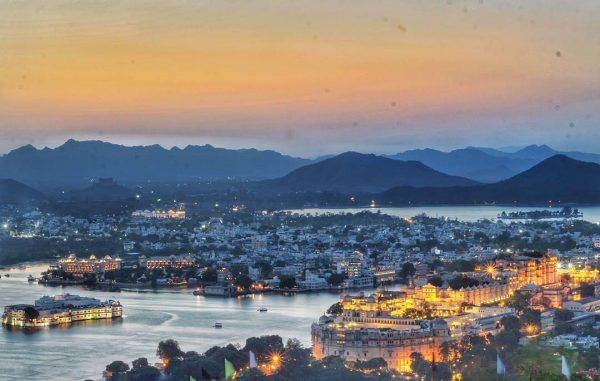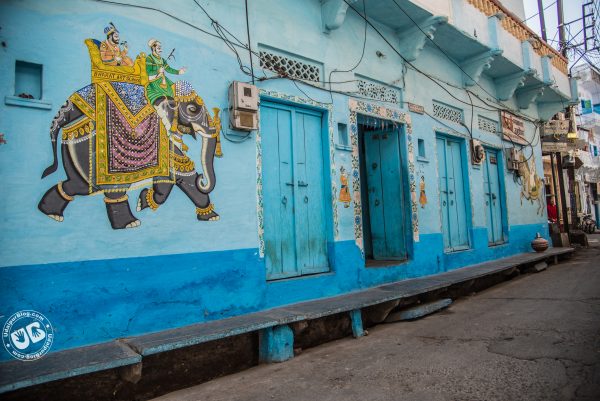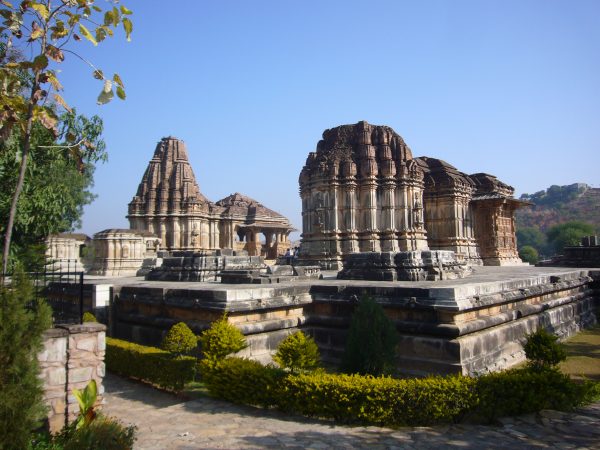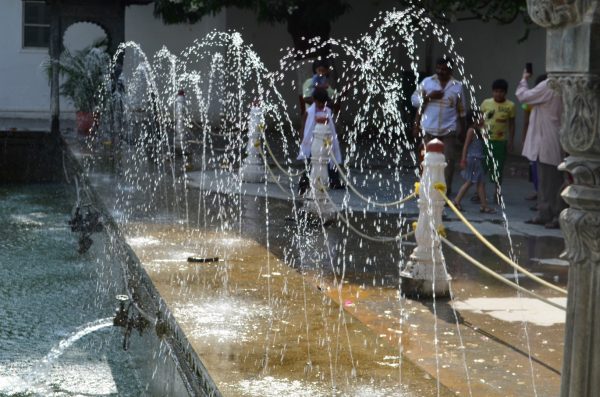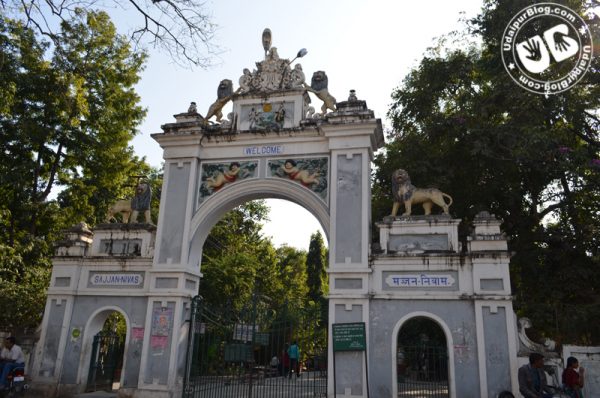Posted inNews
Reason to celebrate! Udaipur has been featured in list of top 15 cities of the world, ahead of Mumbai & Delhi
You can push the boat out as Udaipur is again making us proud! Our city is making us as well as our country proud at the global level this time.…
